KoppeKatxx
New Member
Just took a look at my betta (halfmoon male, ten gal tank) and have notice that something is on his head, looked at him 30 minutes prior and it was not there. Betta has exhibited actions of staying by the bottom of the tank (usually pretty active), but will swim around some and will swim up to you. Just wondering what this is - pics down below. It seems to be almost fuzzy.
Attachments
-
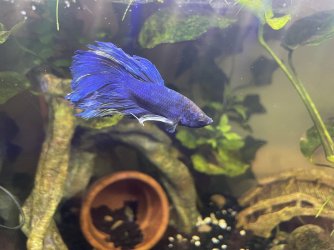 IMG_7946.jpeg237.5 KB · Views: 31
IMG_7946.jpeg237.5 KB · Views: 31 -
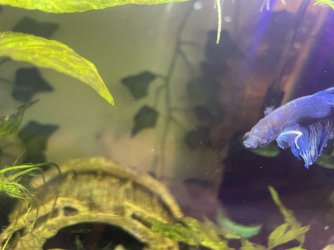 IMG_7945.jpeg236.4 KB · Views: 20
IMG_7945.jpeg236.4 KB · Views: 20 -
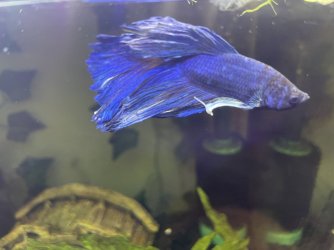 IMG_7944.jpeg169.1 KB · Views: 18
IMG_7944.jpeg169.1 KB · Views: 18 -
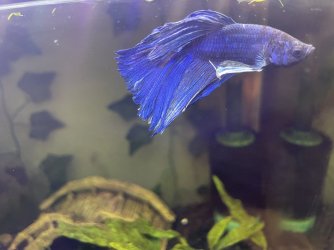 IMG_7943.jpeg213.5 KB · Views: 19
IMG_7943.jpeg213.5 KB · Views: 19 -
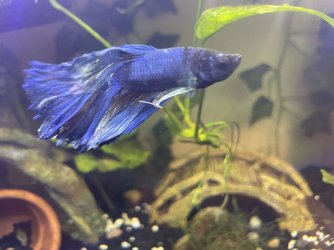 IMG_7942.jpeg231.2 KB · Views: 19
IMG_7942.jpeg231.2 KB · Views: 19 -
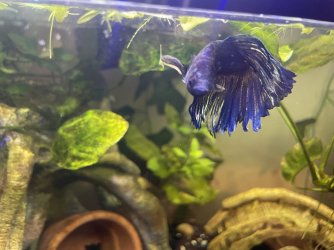 IMG_7941.jpeg236.4 KB · Views: 19
IMG_7941.jpeg236.4 KB · Views: 19 -
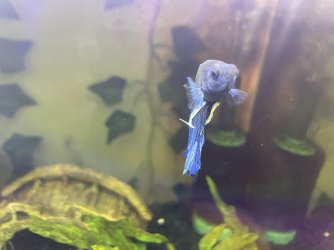 IMG_7947.jpeg186.9 KB · Views: 16
IMG_7947.jpeg186.9 KB · Views: 16 -
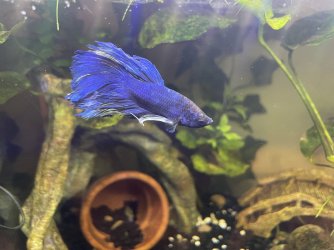 IMG_7946.jpeg237.5 KB · Views: 18
IMG_7946.jpeg237.5 KB · Views: 18 -
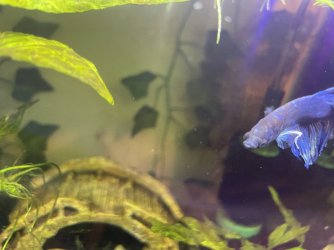 IMG_7945.jpeg236.4 KB · Views: 18
IMG_7945.jpeg236.4 KB · Views: 18 -
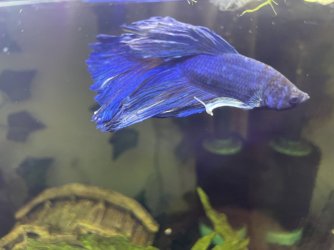 IMG_7944.jpeg169.1 KB · Views: 18
IMG_7944.jpeg169.1 KB · Views: 18 -
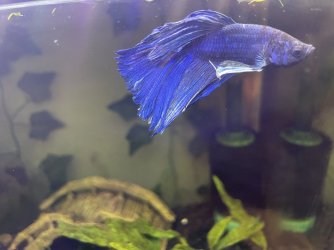 IMG_7943.jpeg213.5 KB · Views: 17
IMG_7943.jpeg213.5 KB · Views: 17 -
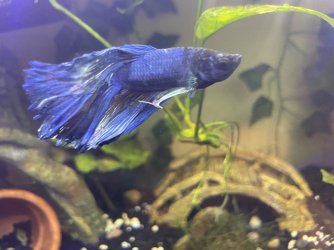 IMG_7942.jpeg231.2 KB · Views: 17
IMG_7942.jpeg231.2 KB · Views: 17 -
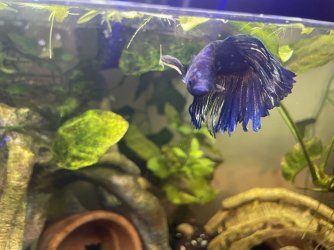 IMG_7941.jpeg236.4 KB · Views: 23
IMG_7941.jpeg236.4 KB · Views: 23


